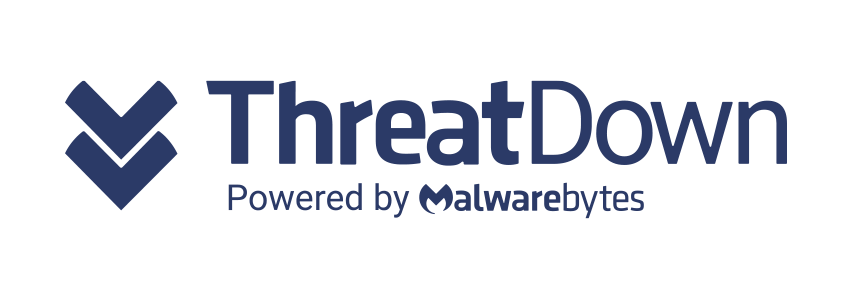Structure… it is something we humans need in our life to function and survive. We rely on routines and structure to bring an element of predictability to our lives, which in turn makes us feel safe. I think it is fairly safe to say that the situations that have evolved quickly around us in the last few weeks due to the effects of Covid-19 has rocked a lot of the structure in people’s day-to-day lives. For most organisations, these changes in structure have seen the majority of their workforce shifting from office-based working to remote, home working.
For many users, this is a big change, and organisations have been working hard to prepare their users as best they can to provide as much structure as they can amidst these current changes. However, the one thing that organisations cannot afford to risk here is the structure when protecting their data.
Structure is ever more important when dealing with remote users, especially when it has been enforced rather than a choice made by the user. Moving to a home environment means we can lose a lot of the structure provided to us in an office. Away from the common working practices and thought processes of an office environment, remote working factors in more challenges, and it means we may lose sight of the things that are normal to us or are taken for granted in in day-to-day work life. For example, users may face unfamiliar distractions, and be challenged by different focuses and mindsets. Working all these factors in, remote working is a different beast to the safety, and structure, of the office.
Therefore, we may find users are occasionally distracted from performing tasks as they usually would, and security may not be the top of their agenda. Organisations need to make sure they are providing users with the tools to ensure that guards are not being let down simply because of a location and focal change – in essence sticking to the same standards and associated structure that would be provided in the office environment.
Whether working at home or in the office, a structured data protection policy, using solutions such as data classification and DLP, reinforces the need to control how data is managed. Using these tools, employees are reminded and empowered to apply security policy through the hands on classification of all documents and emails as they are created. Documents and data are protected, security policy is embraced and corporate compliance standards are met.
Boldon James Classifier gives your employees structure to data protection. The process begins by setting a classification policy in line with the business requirements, and every new document created must be classified in line with that policy, a structure by which they can follow easily. It takes the pressure off decision making for the user, as they can follow the correct path using customised prompts in order to best classify the document as required. It may seem a trivial step to providing structure for your employees, but these routines allow users to feel safe that they are doing the right thing in protecting sensitive data, giving them one less thing to worry about.
With your users empowered in this way, they are less likely to make mistakes, and organisations know that no matter where their users are, they can continue to ensure sensitive data is being protected in line with regulatory compliance, meaning you can remain safe, compliant and in control.




